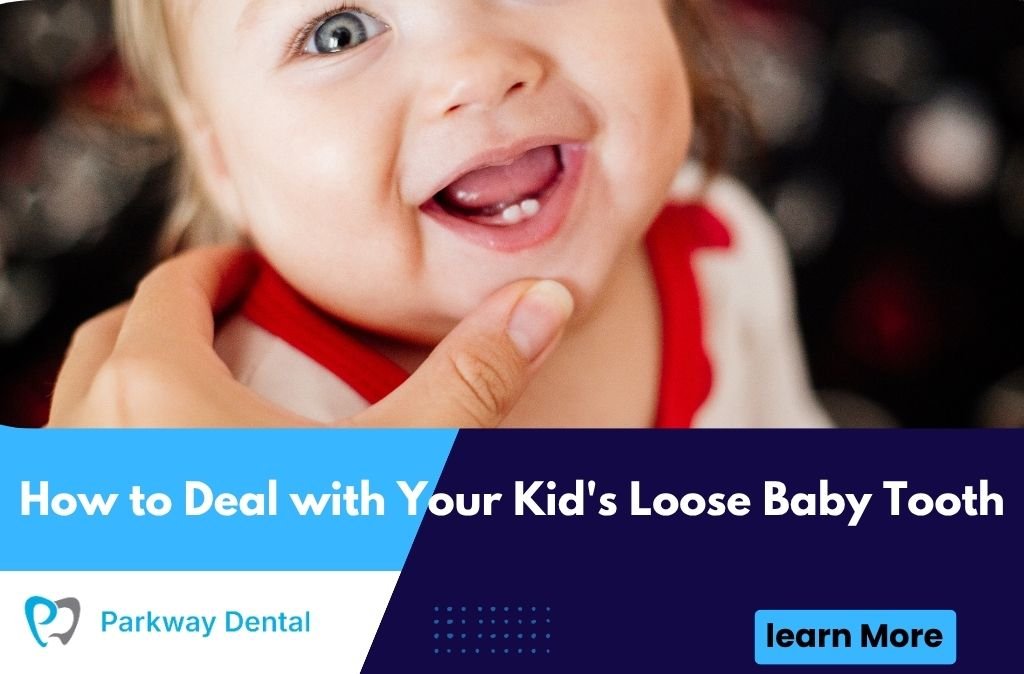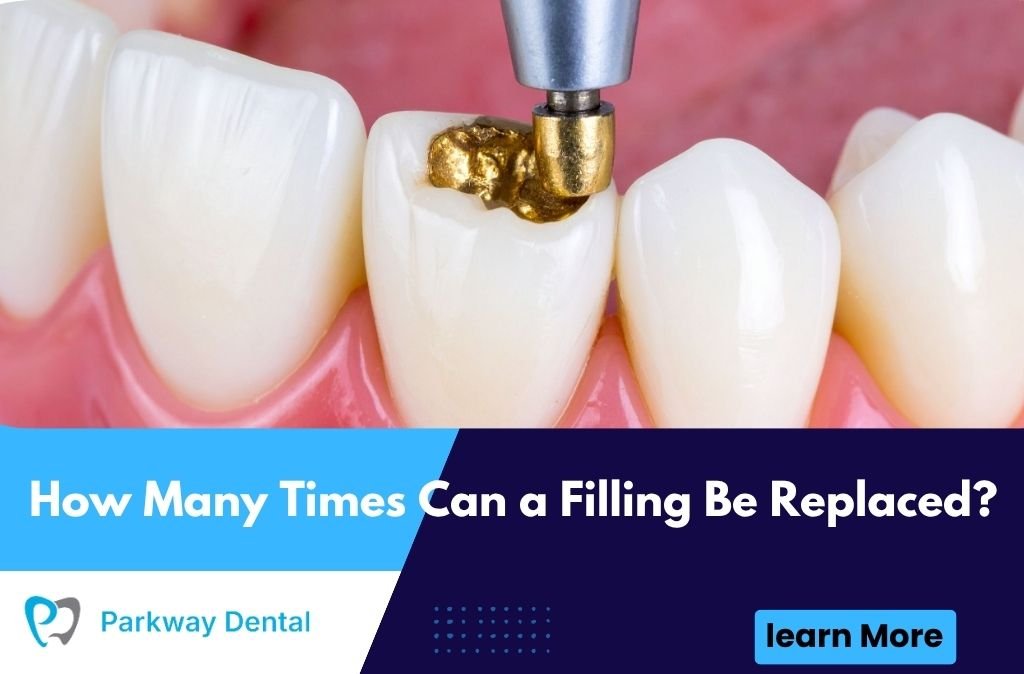Watching your child lose their first baby tooth is a significant milestone that marks their transition from toddlerhood into the school-age years. While this natural process is exciting for both parents and children, it can also bring uncertainty and questions about how to handle loose teeth properly. Should you help wiggle it out or let it fall naturally? What if it’s causing discomfort? How do you know if something’s wrong? Understanding the tooth-loss process, knowing when to intervene and when to wait, and recognizing potential complications helps you guide your child through this developmental stage with confidence. This comprehensive guide provides practical advice for managing your child’s loose baby teeth, ensuring the experience is positive, safe, and sets the foundation for healthy permanent teeth.
Table of Contents
Understanding the Baby Tooth Loss Process
Before taking any action with a loose tooth, understanding why and how baby teeth naturally fall out helps you make informed decisions about your child’s dental care.
When Baby Teeth Become Loose
Most children begin losing baby teeth around age six, though the timeline varies considerably—some children start as early as four, while others don’t lose their first tooth until age seven or eight, and both scenarios are normal. The process occurs because permanent teeth developing beneath the gums push upward, causing the roots of baby teeth to gradually dissolve or resorb. As the root disappears, the tooth becomes increasingly loose until only soft tissue holds it in place, at which point it falls out with minimal bleeding. The lower central incisors typically go first, followed by upper central incisors, with the process continuing until around age twelve when the last molars are lost.
Signs of a Naturally Loosening Tooth
Normal tooth loss follows predictable patterns that signal everything is progressing as it should. The tooth wiggles when touched but isn’t painful, gums around the tooth may appear slightly swollen or red, your child can move the tooth back and forth with their tongue, the looseness gradually increases over days or weeks, and you might notice the permanent tooth beginning to emerge behind or beneath the baby tooth. These signs indicate natural, healthy tooth loss that requires no intervention beyond gentle monitoring and good oral hygiene.
When to Let Nature Take Its Course
In most cases, the best approach to a loose baby tooth is patience, allowing it to fall out naturally without forced intervention.
The Benefits of Natural Loss
Allowing teeth to fall out on their own timeline offers several advantages. The tooth comes out when it’s truly ready, minimizing discomfort and bleeding. Waiting ensures the root has fully resorbed, making removal effortless rather than traumatic. Your child maintains control of the process, touching and wiggling the tooth as they feel comfortable, which reduces anxiety. Natural loss prevents damage to surrounding gum tissue and the emerging permanent tooth. The experience becomes a positive, exciting milestone rather than a stressful event requiring adult intervention.
Encouraging Natural Loosening
While waiting for the tooth to fall naturally, you can encourage the process gently. Let your child wiggle the tooth with clean hands or their tongue throughout the day—this natural movement helps loosen it progressively. Offer crunchy foods like apples, carrots, or celery that provide gentle pressure during chewing. Ensure your child continues brushing carefully around the loose tooth to prevent gum infection. Avoid pulling, yanking, or applying excessive force. Most teeth fall out during eating, brushing, or simply during sleep, often with your child barely noticing until they feel the tooth in their mouth.
When Intervention May Be Necessary
While patience is usually best, certain situations warrant gentle intervention or professional dental evaluation to prevent discomfort or complications.
Signs That Removal Might Be Needed
Consider helping remove a loose tooth if it’s extremely loose and hanging by just a thread of tissue, causing significant discomfort when eating or speaking, or if your child is very distressed by it. Other concerning signs include the tooth being loose for several weeks without falling out, the permanent tooth erupting significantly before the baby tooth falls out, the area appearing infected with pus, severe swelling, or fever, or injury causing the tooth to become partially dislodged. These situations may benefit from gentle assistance or professional evaluation.
Safe Home Removal Techniques
If intervention seems necessary and the tooth is extremely loose, follow these safe removal guidelines. Ensure your child is comfortable and willing—never force removal on a frightened child. Have them wash their hands thoroughly, then let them try wiggling the tooth out themselves first using clean fingers or their tongue. If they want help, wash your hands, grasp the tooth firmly with clean gauze or tissue, and give one quick, gentle twist upward (for bottom teeth) or downward (for top teeth). If the tooth doesn’t come out easily with minimal effort, stop immediately—it’s not ready. Once removed, have your child bite on clean gauze for a few minutes to stop bleeding. Never use tools, tie string around the tooth, or use the old “door-slamming” method, as these techniques can cause injury, excessive bleeding, or trauma.
Managing Pain and Discomfort
Loose teeth occasionally cause discomfort, but several strategies help keep your child comfortable during the process.
Natural Pain Relief Methods
For mild discomfort from loose teeth, try these gentle approaches. Cold foods like popsicles, ice cream, or chilled applesauce numb the area and reduce inflammation. Have your child rinse with warm salt water (one-quarter teaspoon salt in eight ounces warm water) to soothe irritated gums and maintain cleanliness. Apply a cold compress to the outside of the cheek for 10-minute intervals to reduce swelling and discomfort. Offer soft foods that require minimal chewing if eating causes pain.
When to Use Medication
If your child experiences significant discomfort, children’s over-the-counter pain relievers like acetaminophen or ibuprofen can help. Follow dosing instructions based on your child’s age and weight. These medications reduce both pain and inflammation, making eating and sleeping more comfortable. However, if pain is severe or persistent, contact your dentist rather than continuing medication for extended periods, as this might indicate an underlying problem requiring professional attention.
Maintaining Oral Hygiene with Loose Teeth
Keeping the mouth clean during the tooth-loss phase prevents infection and promotes healthy gums for incoming permanent teeth.
Brushing Around Loose Teeth
Continue brushing twice daily even with loose teeth present, though technique modifications help prevent discomfort. Use a soft-bristled toothbrush and gentle circular motions around the loose tooth rather than aggressive back-and-forth scrubbing. Don’t avoid the area entirely—gentle cleaning prevents bacterial buildup that could cause gum infection. Brush all other teeth thoroughly as usual. Your child may want to brush the loose tooth area themselves for better control and comfort.
Flossing Considerations
Flossing around loose teeth requires extra gentleness. Carefully guide floss between teeth adjacent to the loose tooth, but avoid forcing floss around the loose tooth itself if it causes discomfort or excessive movement. Once the tooth falls out, resume normal flossing in that area once initial healing occurs. Maintaining cleanliness in the mouth supports healthy gum tissue that will surround the emerging permanent teeth.
What to Expect After the Tooth Falls Out
Once the baby tooth finally comes out, knowing what’s normal helps you identify any issues that need attention.
Normal Post-Loss Symptoms
After a tooth falls out naturally, expect minimal bleeding that stops within a few minutes of biting on gauze. The socket appears as a small opening with visible gum tissue, possibly with slight redness or swelling. Some children experience very minor discomfort or sensitivity for a day or two. The permanent tooth may be visible just beneath the gums or may not emerge for several weeks or even months—both scenarios are normal depending on the tooth’s development stage.
Caring for the Empty Socket
Keep the area clean by having your child rinse gently with water after meals. Continue brushing carefully around the empty socket without poking into it. Avoid extremely hot, spicy, or crunchy foods for the first day if the area is tender. Watch for the permanent tooth to gradually emerge—this process varies considerably, with some teeth appearing within days while others take months. The socket heals quickly, typically within a few days to a week.
Recognizing Potential Problems
While most baby tooth loss is uneventful, certain signs indicate complications requiring professional dental evaluation.
Warning Signs to Watch For
Contact your dentist if you notice bleeding that doesn’t stop after 15-20 minutes of pressure, signs of infection including pus, severe swelling, fever, or foul odor, severe pain that doesn’t respond to over-the-counter medication, a tooth that remains loose for months without falling out, permanent teeth erupting significantly behind baby teeth that haven’t fallen out (creating a “double row”), or injury causing teeth to become loose before age five or six. These situations may require professional intervention to prevent complications or damage to developing permanent teeth.
Creating a Positive Experience
How you handle loose teeth can significantly impact your child’s attitude toward this milestone and dental care in general.
Making It Fun and Memorable
Turn tooth loss into a celebration rather than a source of anxiety. Let your child keep their lost tooth in a special container or tooth fairy pillow. Take photos to document each lost tooth. Consider keeping a tooth chart showing which teeth have been lost and when. Many families participate in tooth fairy traditions, leaving money or small gifts under pillows, which adds excitement and positive associations. Read books about losing teeth to normalize the experience and reduce any fears.
Reducing Anxiety
Some children feel anxious about loose teeth or the process of losing them. Address fears by explaining that losing baby teeth is normal and necessary to make room for strong adult teeth. Reassure them that most tooth loss happens easily with minimal discomfort. Never force removal or pressure anxious children. Share your own childhood experiences with lost teeth. Let them talk to siblings or friends who’ve already lost teeth. Maintain a calm, positive attitude yourself, as children pick up on parental anxiety.
Special Situations and Considerations
Certain circumstances require different approaches to managing loose baby teeth and ensuring proper dental development.
Premature Loss from Injury
If a baby tooth becomes loose due to injury—from falls, sports, or accidents—before the natural loss timeline, seek dental evaluation even if the tooth falls out. Premature loss can affect spacing for permanent teeth. Your dentist may recommend a space maintainer, a device that holds space open until the permanent tooth is ready to emerge, preventing adjacent teeth from drifting into the gap and causing crowding.
Delayed Loss
If your child hasn’t started losing teeth by age eight, or if a specific tooth remains in place long after adjacent teeth have been lost, schedule a dental evaluation. X-rays can reveal whether permanent teeth are developing normally. Sometimes permanent teeth are congenitally missing, impacted, or developing abnormally, situations that require monitoring or intervention. Early detection of these issues allows for better treatment planning.
The Role of Regular Dental Visits
Professional dental care throughout the tooth-loss years ensures everything progresses normally and identifies any issues early when they’re easiest to address.
Monitoring Development
Regular dental checkups every six months allow your dentist to monitor tooth loss patterns, evaluate permanent tooth development through visual examination and X-rays, ensure adequate spacing for emerging teeth, identify potential orthodontic issues early, and provide guidance specific to your child’s dental development. These preventive visits are especially important during the mixed dentition phase when your child has both baby and permanent teeth.
Professional Guidance
Your dentist can answer questions specific to your child’s situation, provide personalized advice about managing loose teeth, address any complications that arise, and help your child feel comfortable with dental care throughout this transition period. Building a positive relationship with a dentist during the tooth-loss years sets the foundation for a lifetime of good dental health and positive attitudes toward professional dental care.
Conclusion
Dealing with your child’s loose baby teeth is a natural part of their development that typically requires minimal intervention beyond patience, good hygiene, and gentle monitoring. By understanding the normal process, knowing when to wait and when to act, maintaining oral cleanliness, and creating positive associations with this milestone, you help your child navigate tooth loss confidently and comfortably. Remember that every child’s timeline is different, and what’s normal for one may not be typical for another. Trust your instincts about your child’s specific situation, and don’t hesitate to seek professional guidance when questions or concerns arise.
If you have concerns about your child’s loose teeth, delayed tooth loss, premature loss from injury, or simply want professional monitoring during this developmental stage, consider scheduling an appointment with an experienced Dentist in West Roxbury, MA who specializes in pediatric dental care. With proper guidance and support, the tooth-loss years can be an exciting, positive time that establishes excellent oral health habits and beautiful smiles that last a lifetime.





